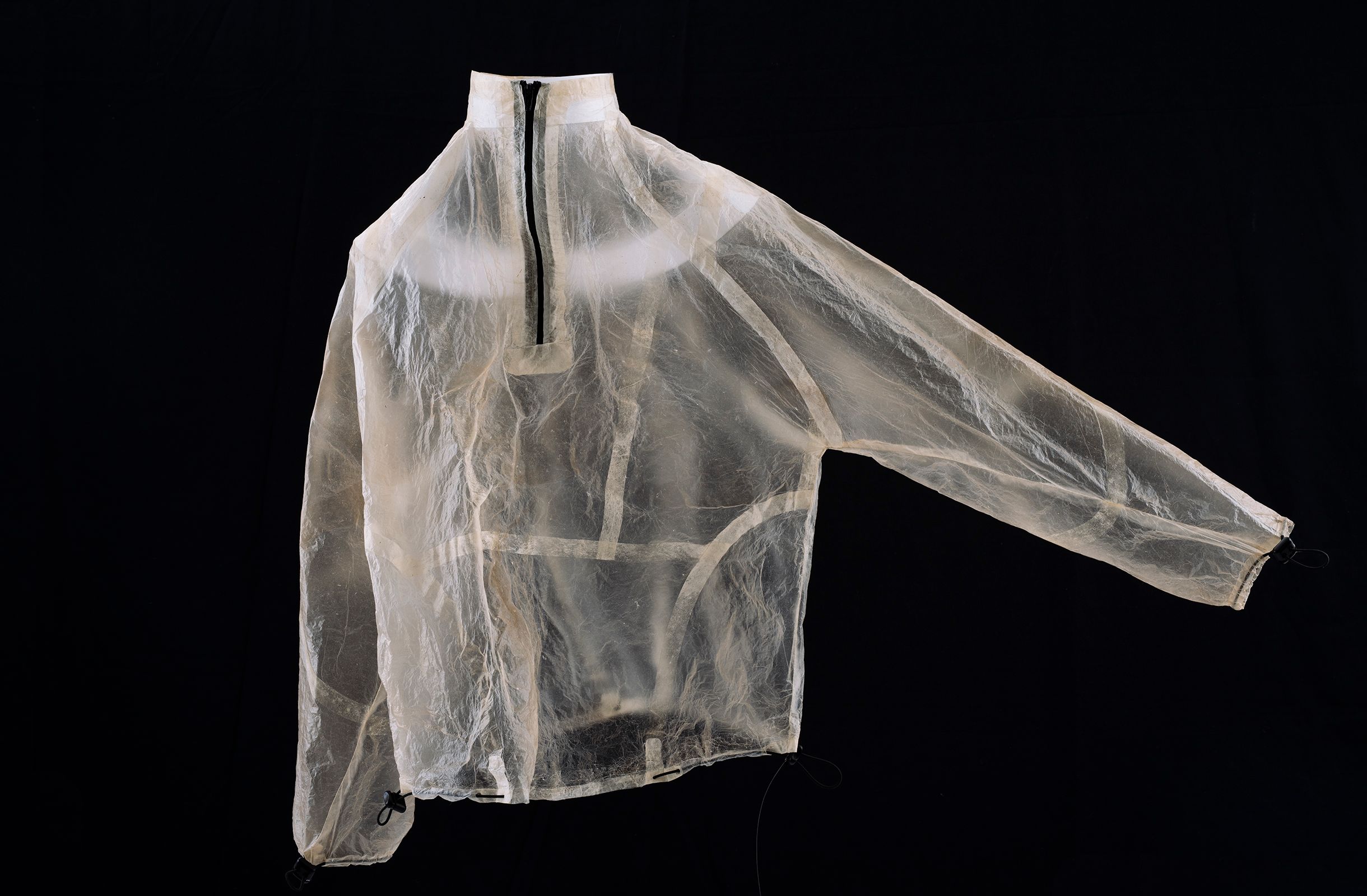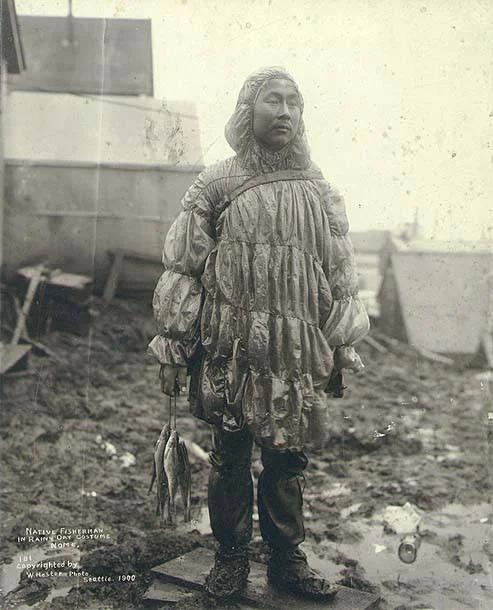Companies
textome – the protein mill company
All-protein outerwear for a microplastics-free biosphere

Image Credit: WINT Design Lab
100% collagen, 0% plastic – a novel collagen-derived biopolymer for high-performance textiles
The global demand for synthetic textiles is steadily increasing, while their production continues to consume large quantities of petrochemicals, energy, and non-circular sourced raw materials. Can nature help us to meet the growing demand for synthetic textiles? GOLD is a design research project exploring the properties and potentials of Goldbeater’s skin, the outermost tissue layer of the cow gut. This extremely thin, elastic, tear-resistant, and air-tight membrane was historically used as a separating layer when beating leaf gold. This research investigated its outstanding properties, determined the tissue structurally and biochemically, and sequenced its RNA. Its goal is to synthetically replicate the native material properties to develop a biopolymer and produce high-performance textiles.
Through interdisciplinary artistic research, WINT Design Lab explored the aesthetic and functional design features of the native tissue. Specifically prototyping its material properties in the field of today's outdoor garments. While experimenting, WINT researched forgotten archives and old scientific papers for descriptive process steps. Collagen is the most abundant biopolymer in nature, therefore animal skins have been used by humans throughout history. For example, the Inuit made water-repellent gut parkas from similar tissue types to keep hunters dry in their kayaks. Following processes and production steps WINT applied advanced methods of fabrication including robotic yarn laying and material lamination. The experiments resulted in a taxonomy of process steps that were documented in videos and material samples. Based on these findings, WINT designed a new generation of water-repellent outdoor jackets to demonstrate the future application field of a biosynthetic collagen-based textile.
Within the research, a variety of process prototypes and samples ranging from robotic yarn lying to mono-material lamination and sewing techniques have been explored. At the collagen research institute FILK, the native tissue was extracted, as a by-product from a local butcher. The wet native tissue was frozen and sent to WINT Design Lab. There was dried on cotton fabric. After drying it was laminated with bone glue (collagen glue) to build multi-layer compounds. These techniques were explored by hand as well as with a UE5 co-bot. For the robotic yarn-laying, a new end-effector was developed, allowing to precisely laminate yarn on the tissue itself. The yarn was then laminated into a sandwich compound to function as a stiffening material. The robotic yarn laying approach relied on parametric design methods using Rhino 7 and its plug-in Grasshopper.
In parallel, the biotech start-up Mimotype technologies followed a high-tech RNA sequencing approach. They collected and compared three tissue types to conclude that the Goldbeater skins’ RNA is represented by a unique combination of proteins. The RNA was analysed and compared using novo cloud, a peptide sequencing service. Relying on database search algorithms for protein identification Mimotype could identify a unique sequence of amino acids that points towards a minimal sequence for reproduction and protein engineering. Further biochemical analyses is leading to a minimal sequence that will serve as the bases for the reproduction in bioreactors. The scientific research will continue to follow the goal of developing a substrate that is cultivated in bioreactors and will therefore be vegan, circular, and functional.
Further reading:
Federal Ecodesign Award winner 2023 in the category »Konzept«
